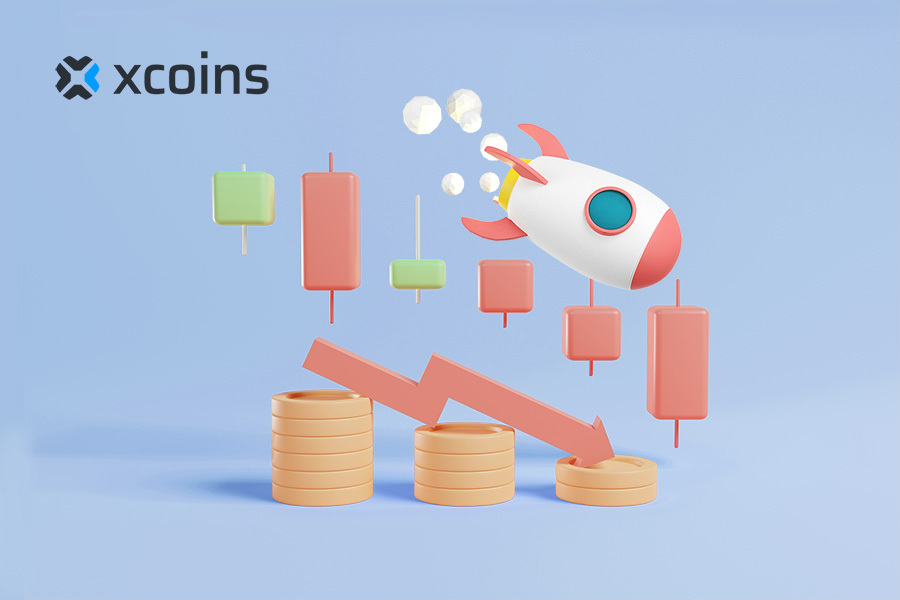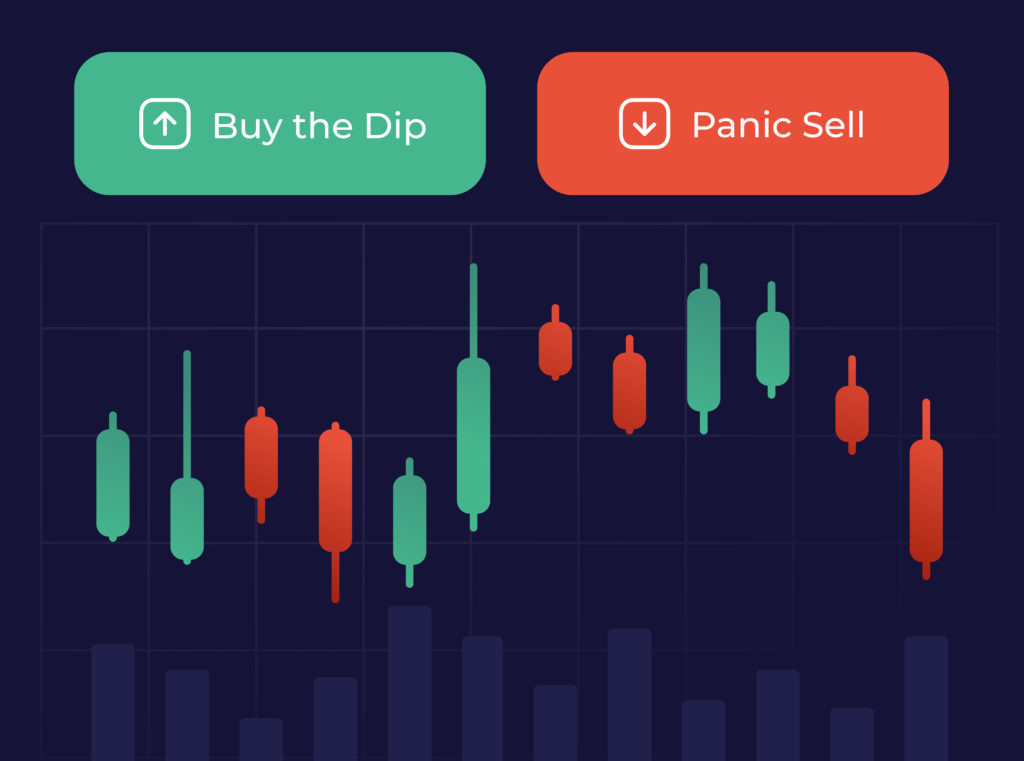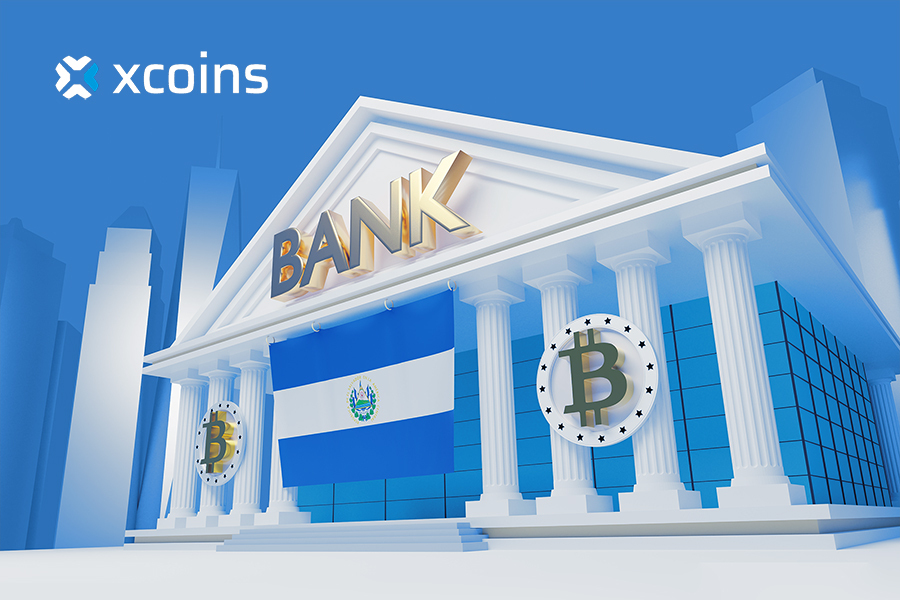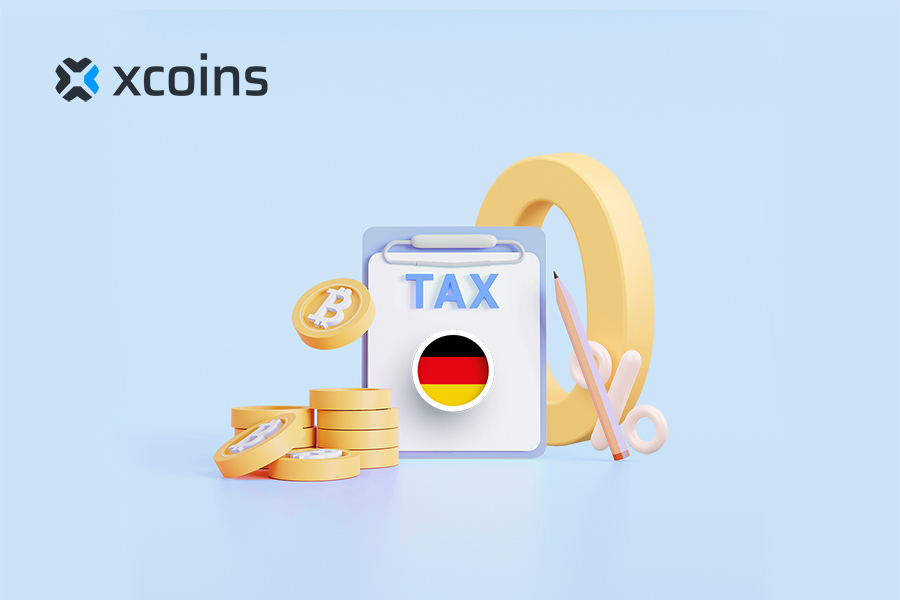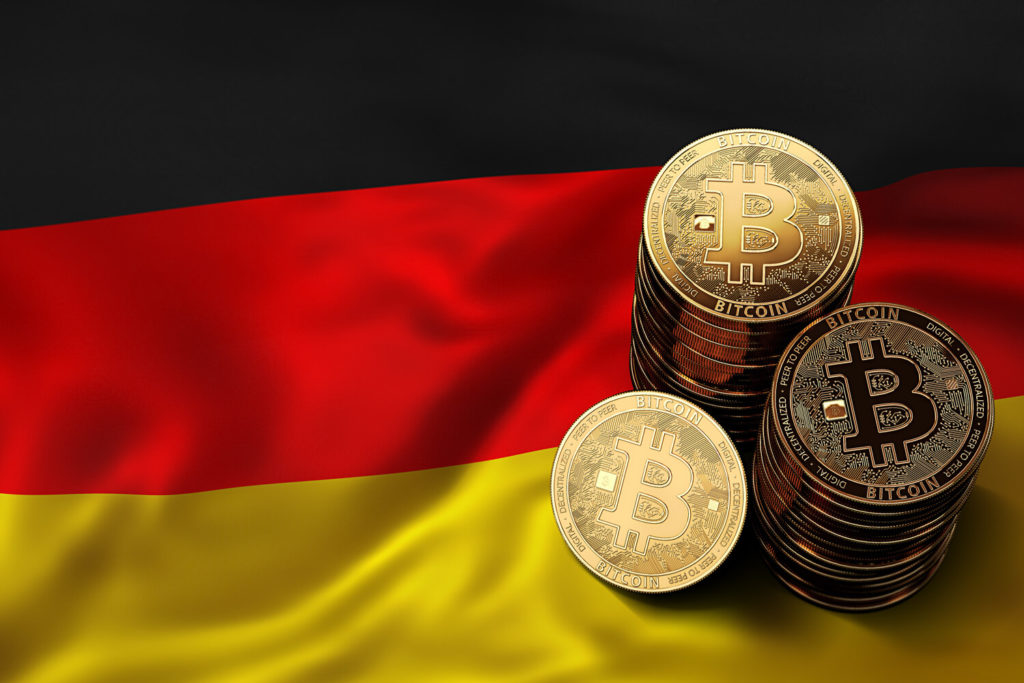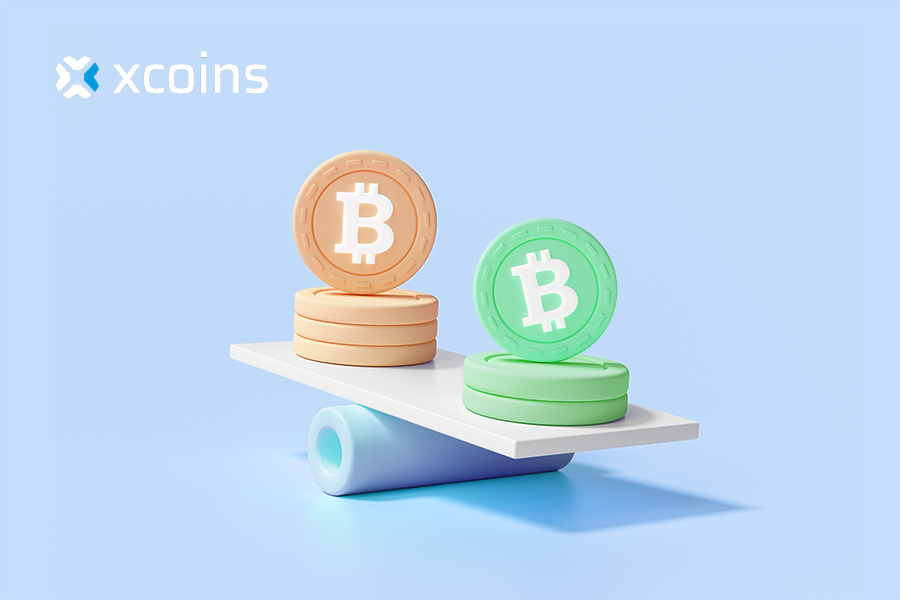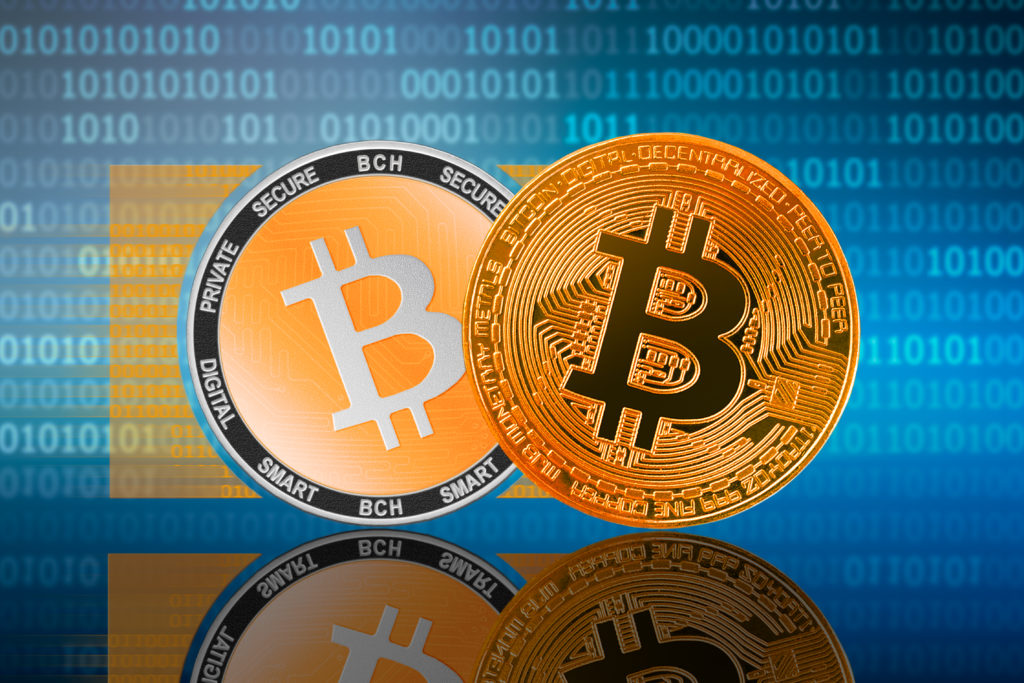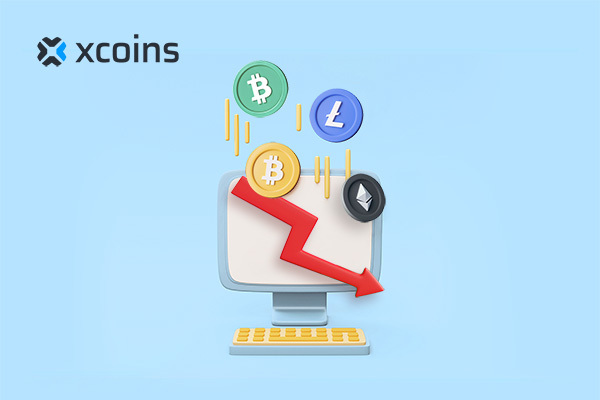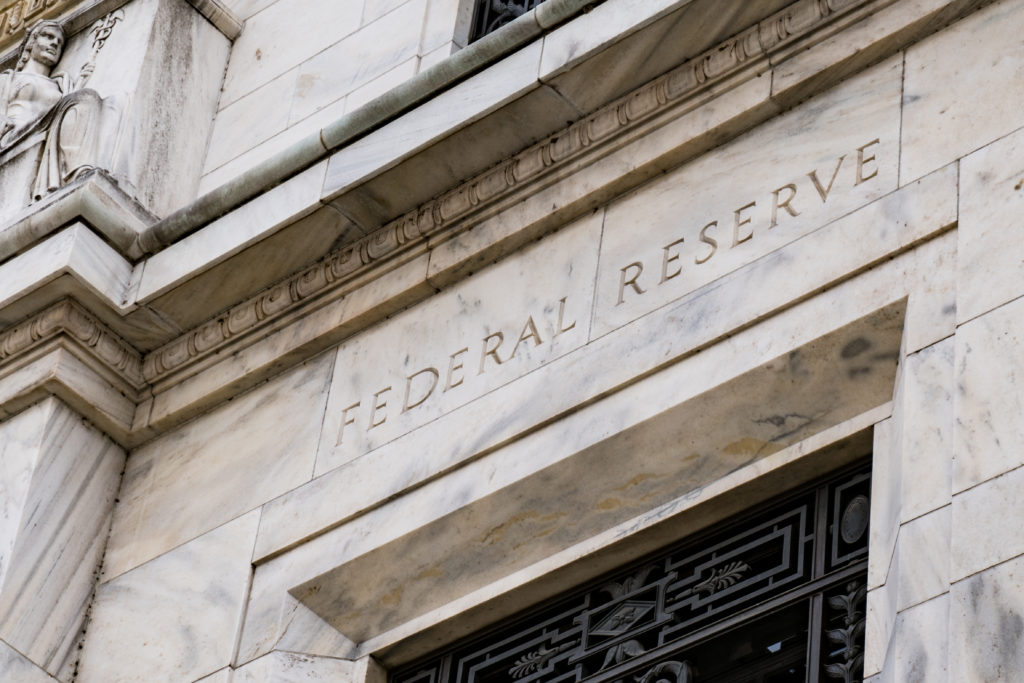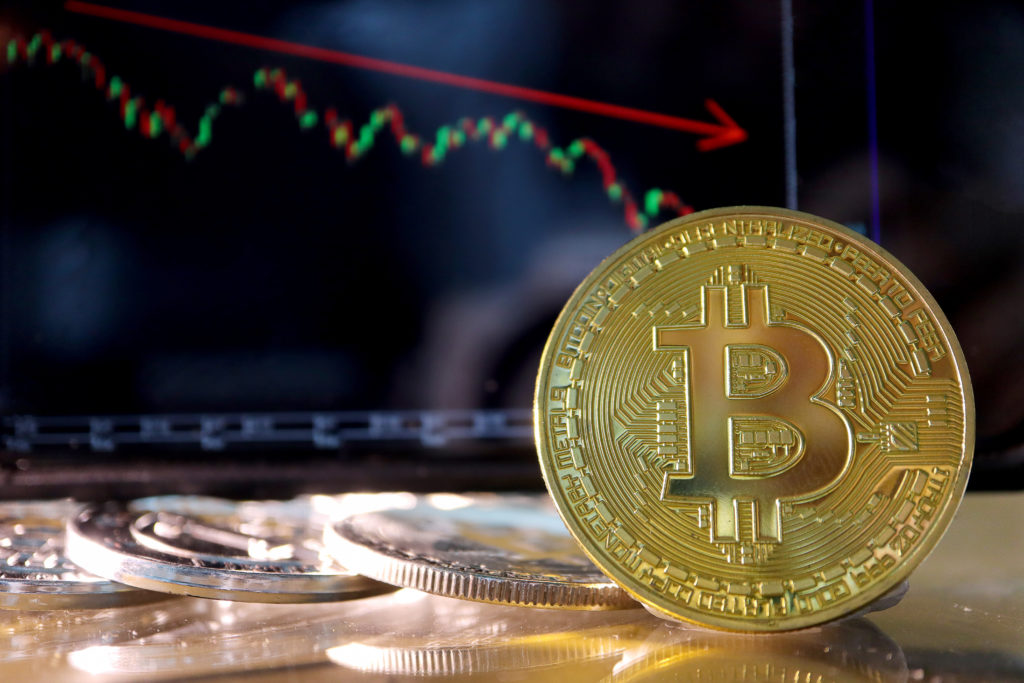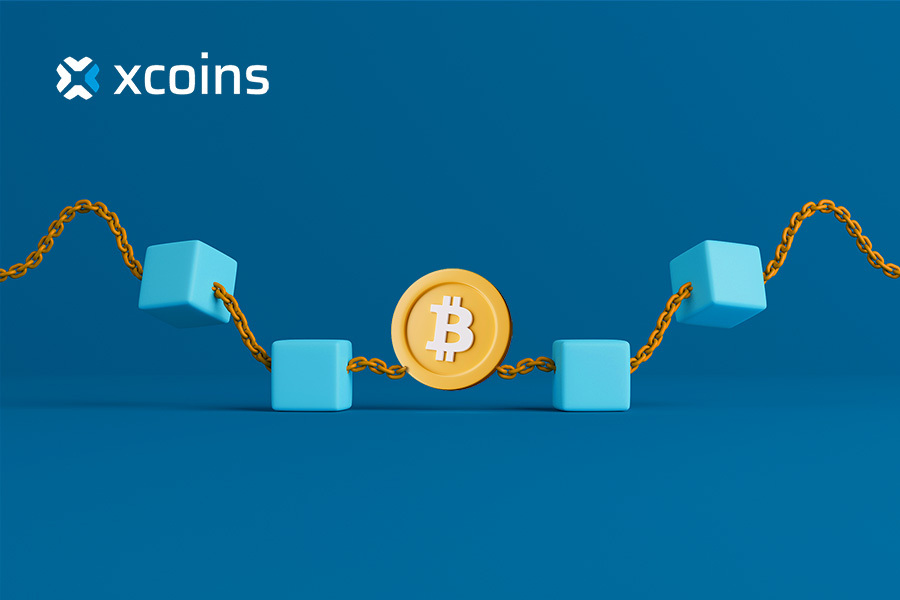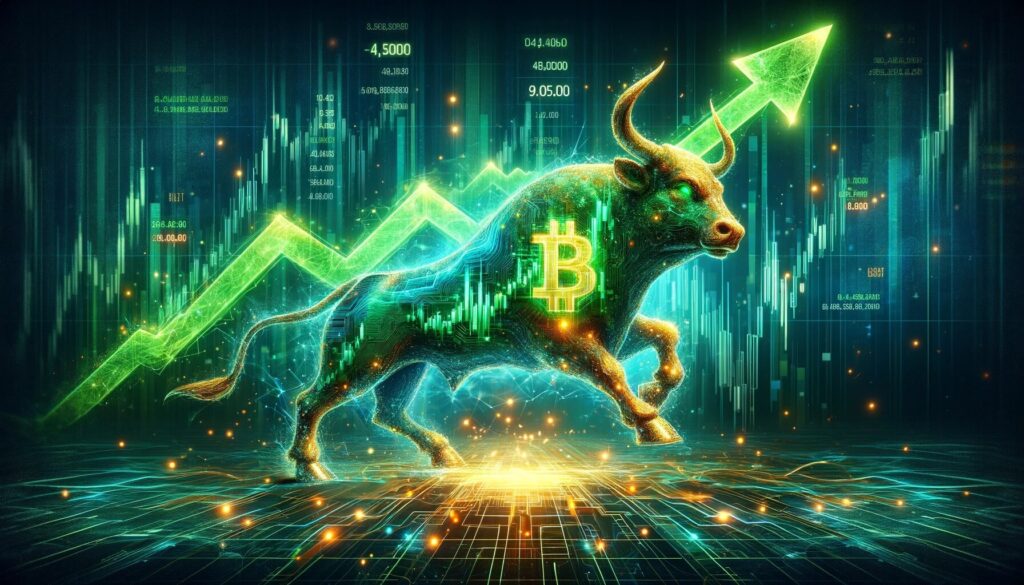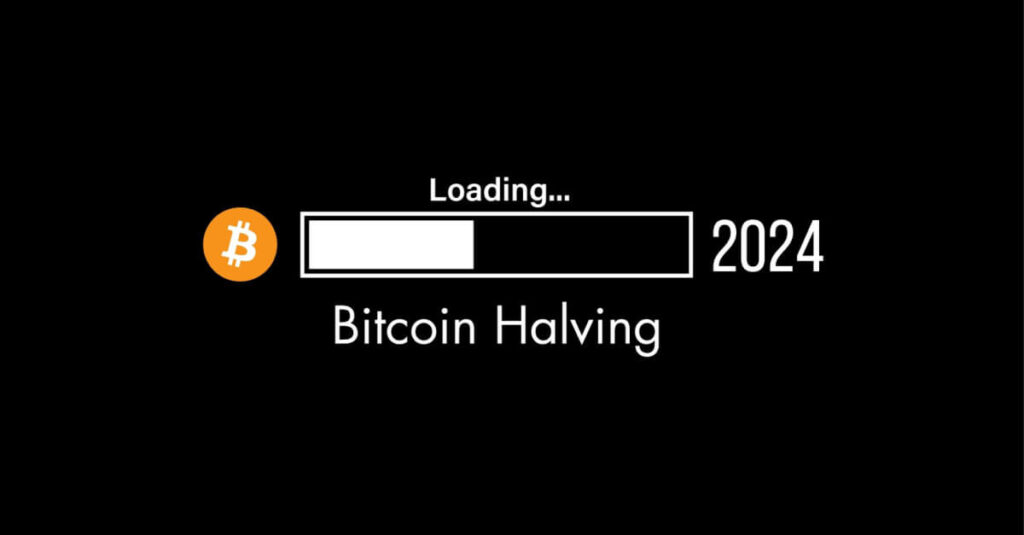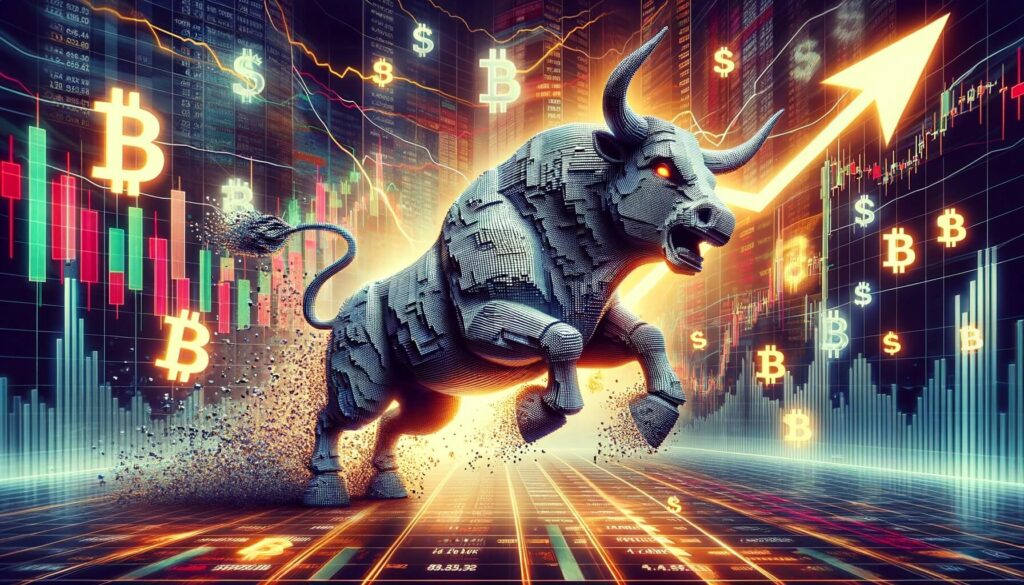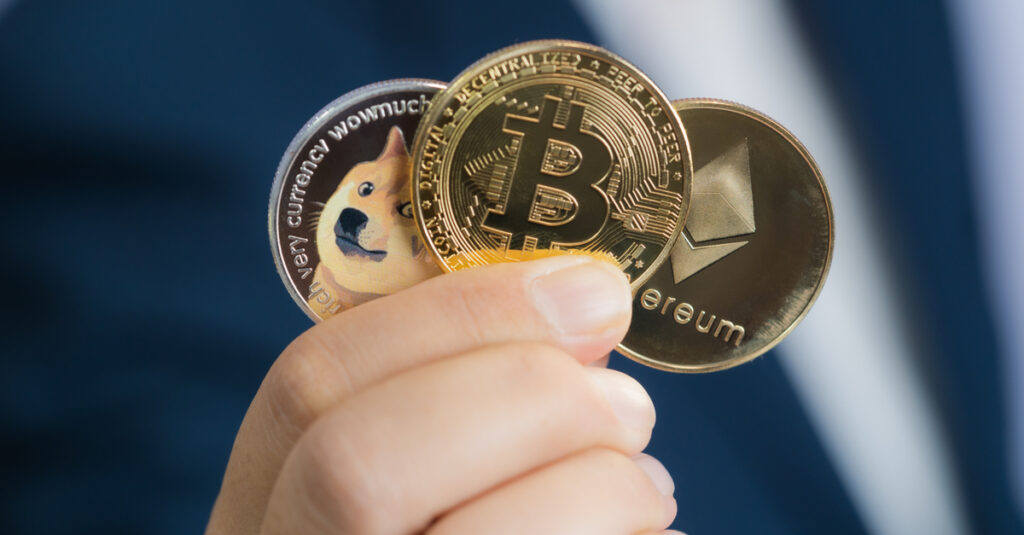
Ethereum vs Dogecoin vs Bitcoin: Which Is the Best Crypto to Invest In?
Bitcoin, Dogecoin and Ethereum are amongst the most famous cryptocurrencies. They’re similar to one another, but do have unique characteristics that set them apart, and it’s those differences that need to be understood when deciding whether to invest in Dogecoin, Ethereum or Bitcoin.
So, which cryptocurrency: Bitcoin, Ethereum, or Dogecoin? We take a closer look at each to help you get a better idea of the best crypto to invest in for 2022, taking into consideration their pros and cons and the current market conditions.
Bitcoin key facts
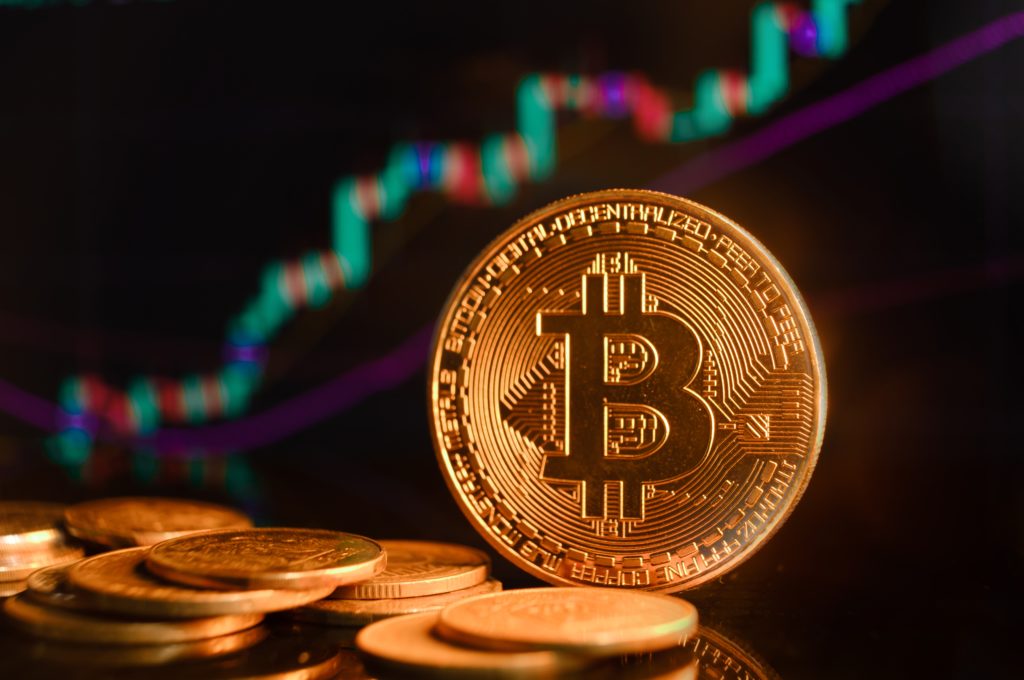
Year created: 2009
Market capitalisation (as of June 2022): $600.55 billion
Maximum coin supply: 21 million
Number of coins in circulation: 19 million
Bitcoin (BTC) was the first cryptocurrency, and remains the most popular, making up more than 66% of all crypto investments. Created by an anonymous developer acting under the pseudonym Satoshi Nakamoto, it can be used as either a currency or as a store of value.
When people think of cryptocurrency, they think of Bitcoin. Its rise has been meteoric, and despite the doubters and recent dips in price, it continues to be the gold standard amongst cryptocurrencies.
Since its creation, the growth of Bitcoin has been exponential. In 2010, Bitcoin was trading at $0.09. Some 11 years later the price had hit an all-time high of nearly $69,000. Although 2022 has been a particularly volatile year for Bitcoin with prices hovering around the $30,000 mark, experts have suggested Bitcoin could hit $100,000.
Ethereum key facts

Year created: 2015
Market capitalisation (as of June 2022): $236.18 billion
Maximum coin supply: Unlimited, though only 18 million can enter circulation each year
Number of coins in circulation: 120 million
The second-largest cryptocurrency after Bitcoin, Ethereum (ETH) is the brainchild of Vitalik Buterin and Gavin Wood. A decentralised, open-source blockchain network, Ethereum’s applicability goes much further than just as a cryptocurrency.
The main difference between Bitcoin and Ethereum is that Ethereum is a ledger technology which can be used to build new decentralised programs, such as play to earn games, and decentralised exchanges, whereas Bitcoin is simply a cryptocurrency. Also, the actual name of the Ethereum cryptocurrency token is Ether, which the Ethereum technology underpins.
As with Bitcoin and many other cryptocurrencies, Ethereum is currently experiencing a downturn in its value. At the time of writing, the price of ETH sits at a little over $1,800, a 55% drop in the last six months. However, in the past two years alone ETH saw gains of over 1000%.
Dogecoin key facts
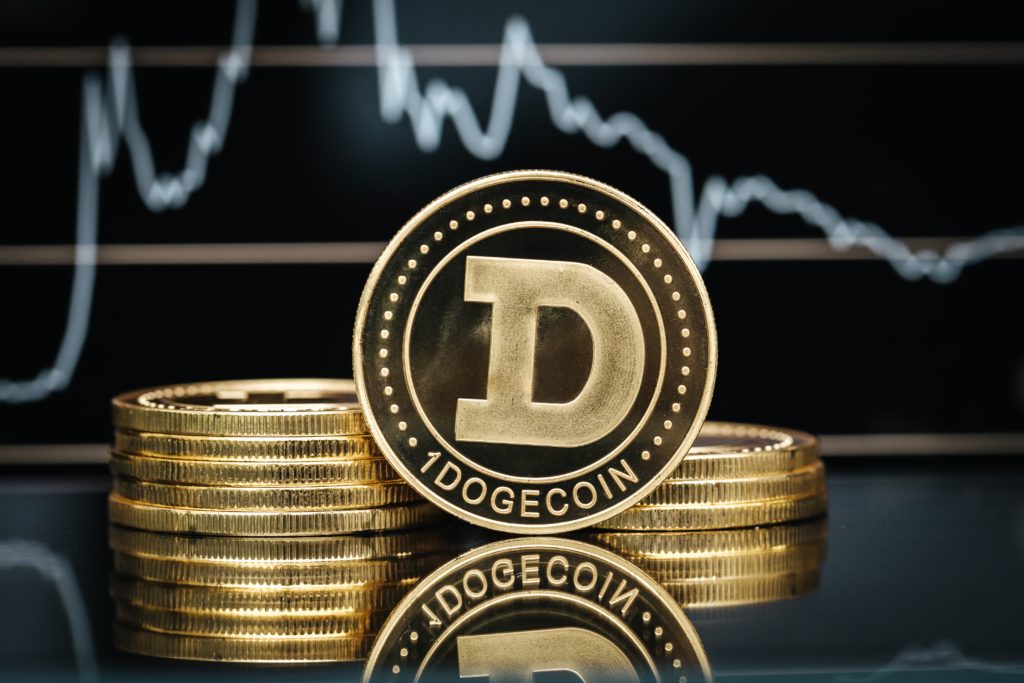
Year created: 2013
Market capitalisation (as of June 2022): $11.16 billion
Maximum coin supply: Unlimited, though 5 billion max can enter circulation each year.
Number of coins in circulation: 132 million
Developed by Billy Markus and Jackson Palmer in 2013, Dogecoin (DOGE) is an open-source cryptocurrency. It’s based on Litecoin and uses the same proof-of-work technology.
Dogecoin hasn’t been immune to the price drops seen in the cryptocurrency market either, but, much like Ethereum or Bitcoin, it has enjoyed dramatic price rises since it first hit the crypto scene.
Back in 2017 Dogecoin’s price was just $0.0002. By May 2022 it was trading at $0.08, an increase of nearly 40,000%. The dog-themed coin has proved a popular low-cost option for crypto investors, not least because of high-profile supporters like Elon Musk.
Which is the best crypto to invest in?
So, which is the best crypto to invest in? Bitcoin, Ethereum or Dogecoin? All have their pluses and minuses, and all have had their ups and downs in the crypto market.
Should I buy Ethereum or Bitcoin?
Let’s look at the two big players first: Bitcoin and Ethereum. Around 10 million people own Ethereum, making it the second most popular cryptocurrency next to Bitcoin. One thing Bitcoin and Ethereum have going for them is that they’re more established than the others, making them a good choice for those just starting out in the world of crypto investment.
Both are expected to maintain their leading positions in the cryptocurrency market for the foreseeable future, which begs the question. Which should you invest in? Ethereum or Bitcoin?
A major benefit Bitcoin has is its coin issuance limit. No more than 21 million bitcoin will ever be mined, and if demand continues to increase this will likely mean price rises. Both Ethereum and Dogecoin have an unlimited supply, which could negatively impact future demand. However, it should be noted that Ethereum has shown signs that it could become deflationary after network upgrades introduced token burning.
The future of Ethereum looks particularly rosy, and its planned upgrade to Ethereum 2.0 could be a game-changer. This upgrade will see the network move from a proof-of-work (PoW) to a proof-of-stake (PoS) mining protocol, making the blockchain faster and 7000 times more energy-efficient. In recent years its pace of growth has left Bitcoin in the dust and many expect this growth to only increase after “the merge” to Ethereum 2.0.
Should I buy Dogecoin instead?
What about Dogecoin? It’s a minnow compared to Ethereum or Bitcoin, but it does have its advantages. Comparing Dogecoin vs Bitcoin, Bitcoin would appear to have the upper hand in most regards. It’s the market leader and has a far higher value, but Dogecoin’s fast processing times and low transaction costs make it an attractive choice too.
If you’re looking for the best cheap crypto to invest in, Dogecoin is definitely worth considering. Its detractors claim its value is subject to the whims of a few famous names, most notably Elon Musk, but it has strong community backing too, and their influence shouldn’t be underestimated.
Out of the three, Dogecoin is undoubtedly the more speculative option, so any investment should be made with caution. There is huge potential in Dogecoin, but pitfalls await those who fail to do their research.
If you can’t decide whether to invest in Dogecoin, Ethereum or Bitcoin, then why not invest in all three? Diversifying has always been the key to a healthy investment strategy in traditional investments and the same can be said for the crypto market too.
As always, this article doesn’t constitute financial advice and you should do your own research and consult a professional financial advisor before making any investment decision.
To stay up to date on all things crypto, like Xcoins on Facebook, and follow us on Twitter, Instagram, and LinkedIn.



